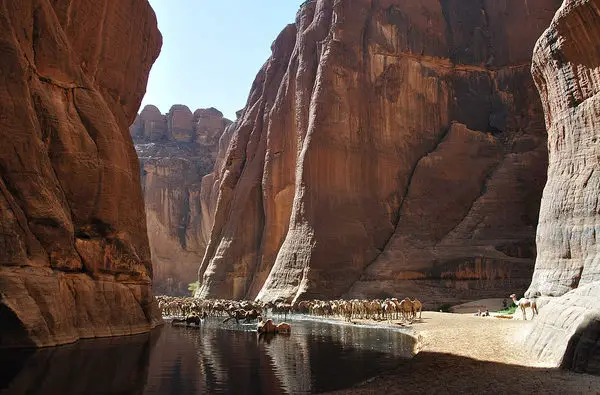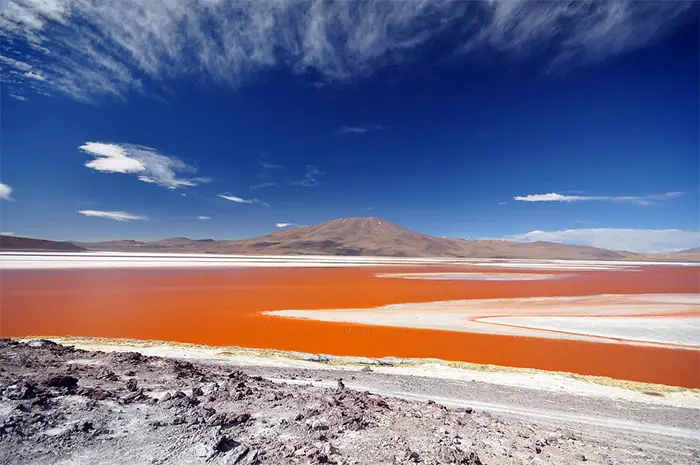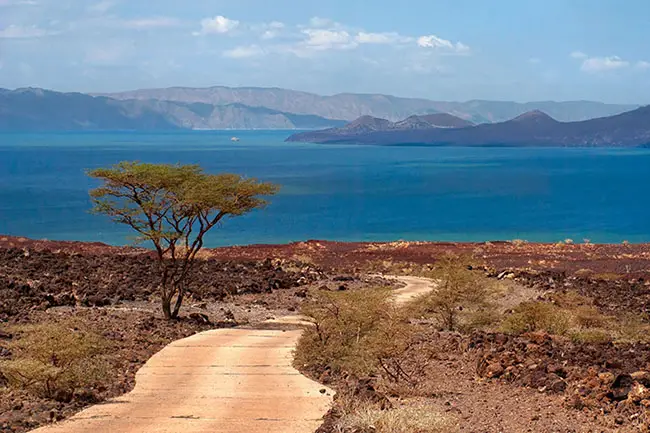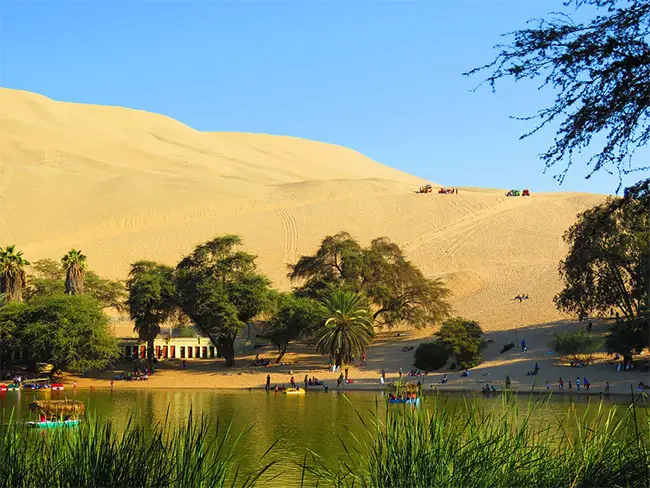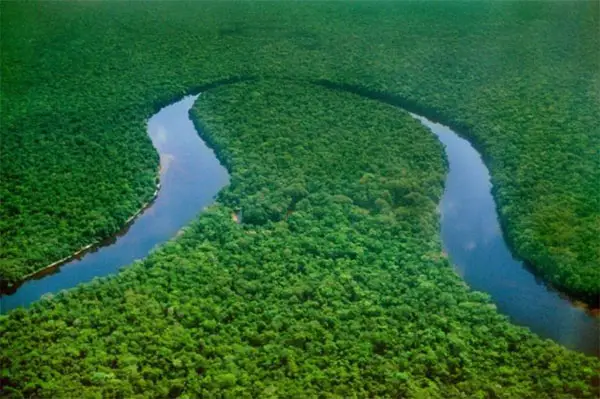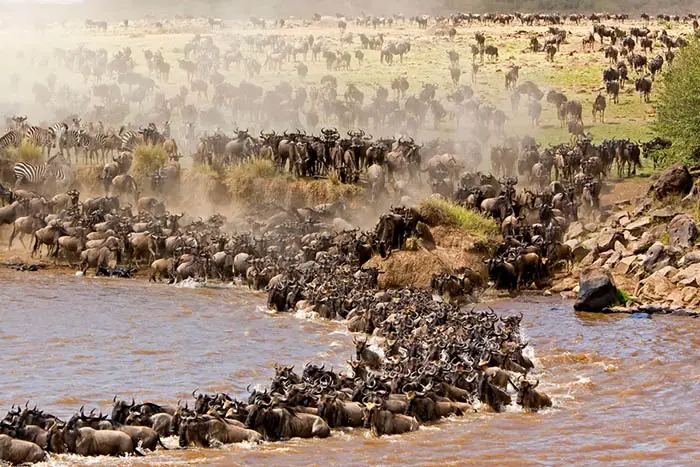Sahara Paradise Ounianga Lakes
Sahara is the world’s largest and high heat desert which is located northward of the African continent. The whole extent of this desert is about 9.2 million square kilometers. Sahara desert has spread covering several countries such as Algeria, Chad, Egypt, Libya, Mali, Mauritania, Morocco, Niger, and Sudan. Despite being the most extensive and high-heat desert globally, the most fantastic thing is that several lakes can be seen in the middle of this desert. Although it is unbelievable, not only one or two lakes in this place there are 18 lakes located here. These great lakes are called “Ounianga lakes.” This natural land formation gives exceptional scenic beauty to the middle of the hyper-arid Sahara desert.
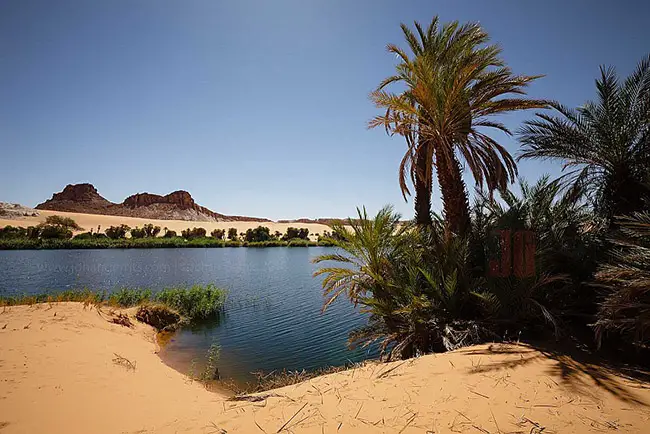
Location
Ounianga Lakes are a series of lakes located in the West Tibesti and Ennedi East mountains’ basins. This series of lakes have grouped as two clusters apart from 40 kilometers. The total surface area of the desert covering by lakes is about 20 square kilometers. This is one of the largest desert oasis in the world.
These lakes belong to an extremely arid region of the north of the country called chad. The annual rainfall is deficient in this region, which is about 2 mm. Now, a question remains about how these groups of lakes could find freshwater from this desertified region even without sufficient rainfall. The answer is merely impressive, about 10000 years ago, this area was not desertified. This area was a fertile wetland that was nourished by a large lake.
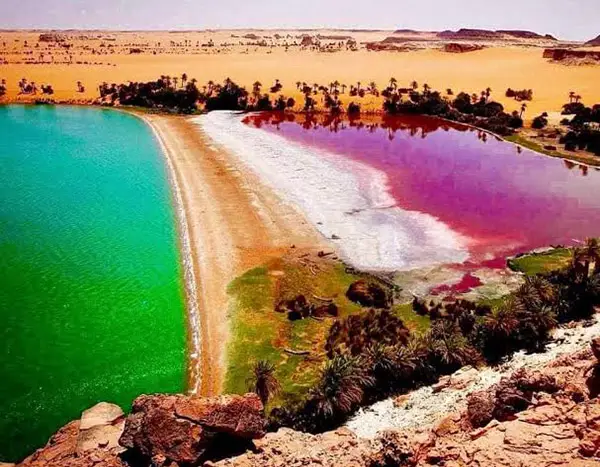
Past Environment
The massive Lake developed within the African Humid Period between 14,800 to 5,500 years before. The length of this Lake was about 10 kilometers. During the last African humid period, it has rained a lot more than in the present day. Lowlands have been overfilled with rainwater and flowed through the valleys. Finally, accumulated in the mountain basins and infiltrated through the sandy texture. This process created a considerable groundwater deposit in the desert Lake region.
The coring sediment samples taken from the 50 meters depth of the Lake reveal the past environmental condition. The area was dominated by a mild tropical climate with the Savannah grassland. Some Ferns species have existed on the lowland flood plains. However, the same ecosystem dominated in the past African humid period can encounter 300 kilometers away from the Ounianga Lakes region.
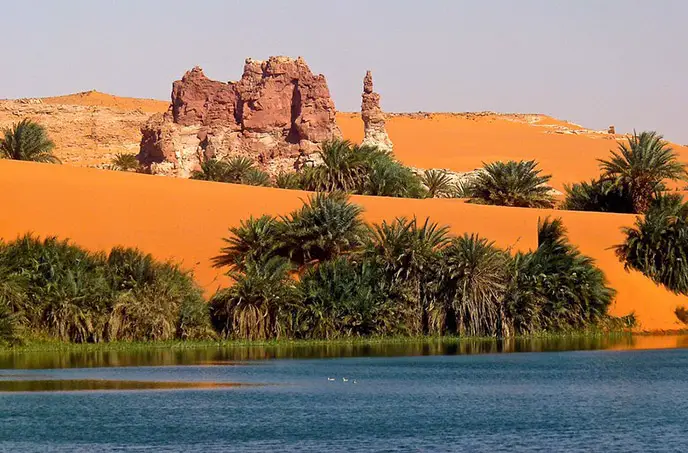
Origin of the Ounianga lakes
After climatic changes occurred over time, the area begins to desertification. With exposing high temperatures, the lakes get dried up rapidly. Due to the northeast monsoon winds and exposing intense sunlight, this giant lake evaporated a large amount of water throughout the year. Lake Yoa’s evaporation rate is 6000 mm per year. And also, sand came from the plateau with these monsoonal winds covering every side of this lake. As a result of this long-term process, it remained only this present group of Ounianga lakes.
The Ounianga lakes have Earth’s unique hydrological drainage system, which creates a permanent and extensive freshwater lake series in the middle of the hyperarid ecosystem. Now, these lakes have been nurtured by groundwater aquifer resources located in this desert. Groundwater compensates for the water, which is lost by evaporation. This mechanism maintains a stable level of water with slight variation over seasonal climate changes.
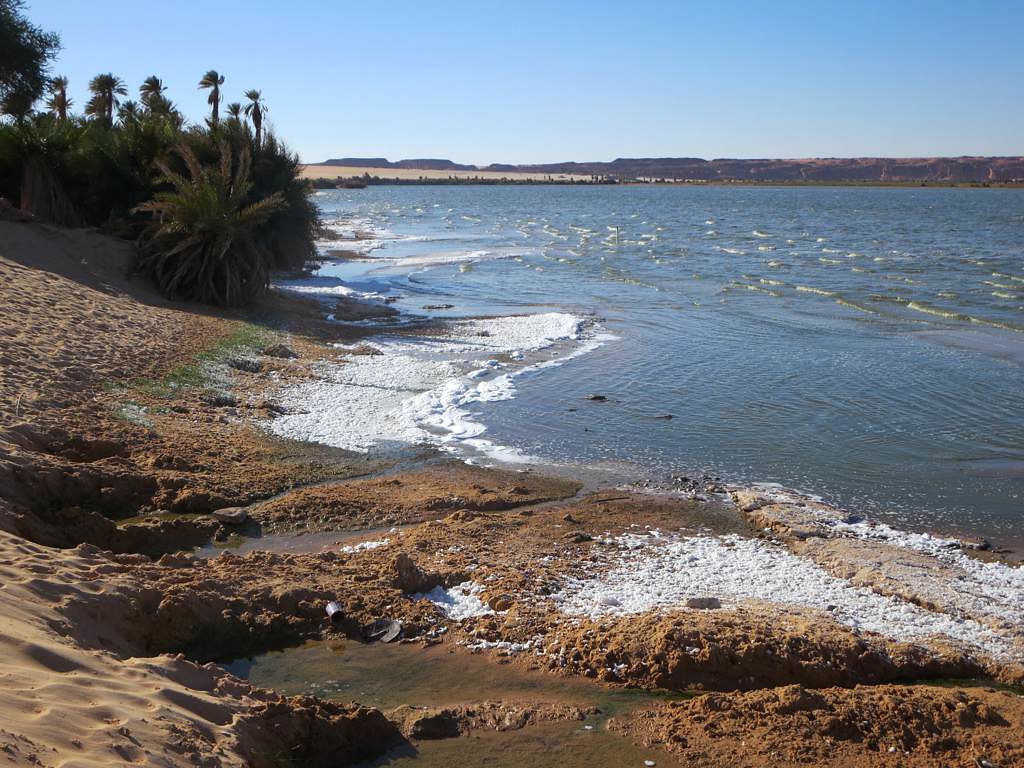
Water quality and Life in the Lakes
Ounianga Lakes are the world’s most extensive freshwater-containing lake system located in an extremely arid region. When considering this lake system’s chemical composition of the water, it varies from lake to lake. The water in some lakes is useless because of the saltiness. But some lakes have high-quality freshwater, giving invaluable support to the surviving individuals living in this wetland and ecosystem. Aquatic fauna like fish, some amphibians, Shellfish, and aquatic Birds live in and around freshwater lakes. The colorations, depth, and sizes of the lakes are also not similar to each other.
Lake Teli is the largest and most biologically valuable lake out of this group of lakes. The water surface of this lake has spread over 4.4 square kilometers. The average depth is about 4 meters, with a maximum of 10 m depth. Due to the sandy texture of this area, water in the Teli lake overflows and feeds another thirteen lakes by infiltration. When you step forward to the west region from this area, you can see four other lakes hidden among the dunes. ” Lake Yoa” is the second largest lake in this group of lakes. It has spread throughout 3.6 square kilometers. Lake Yoa is one of the hypersaline lakes. The water of this lake contains Sodium Chloride and other salts. This lake was a habitat for a large number of algae and other microorganisms. And also, there were some salt deposits around this lake. More than 9000 native people have lived associates around this lake region.
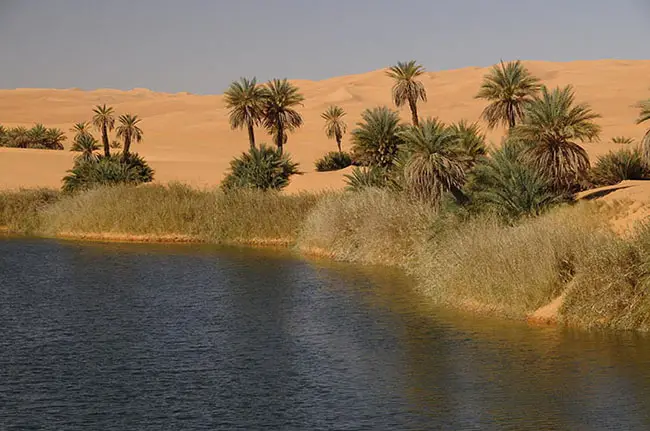
Salinity variation
The reason for the salinity variation of these Ounianga lakes is the amount of water surface exposure to sunlight. As you know, a high amount of heat increases the evaporation of water from the lake. Then the accumulation of some salts and minerals remains in the lake increases the salinity. However, out of this series of lakes, low salinity, and freshwater contain the lake’s surface covered by a thick layer of reeds. This reeds layer reduces sunlight exposure to the water surface. In some lakes, this reeds layer covers the almost half surface area of water. Then it reduces evaporation and maintains the freshness of water. But not all lakes cover this reeds layer. Reeds-covered water strikes the green colored lakes and contrasts with the blue water.
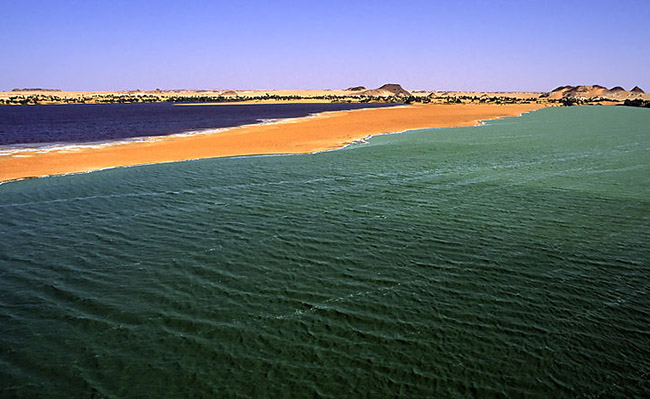
Consideration of the Ounianga lakes
It is a difficult task to visit these lakes. Because they are located in the middle of the Sahara desert area. However, if you could arrive there once in your life, you would definitely get a memorable experience. With the strong wind blowing upon the water’s surface, you will observe its waving water in the desert. This view, mixed up with the topography and waves of surroundings, makes a breathtaking view of most lakes. These Ounianga lakes enhance the beauty of this arid desert area, which is famous as the Sahara paradise. UNESCO declared the Ounianga lake system a world heritage site in 2012 due to the importance of this ecosystem and wetland.

